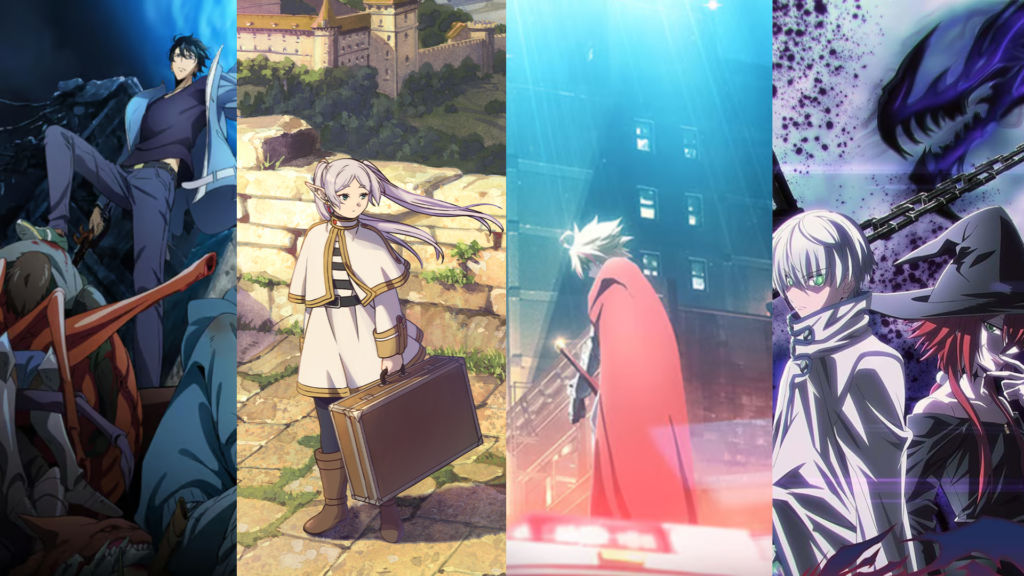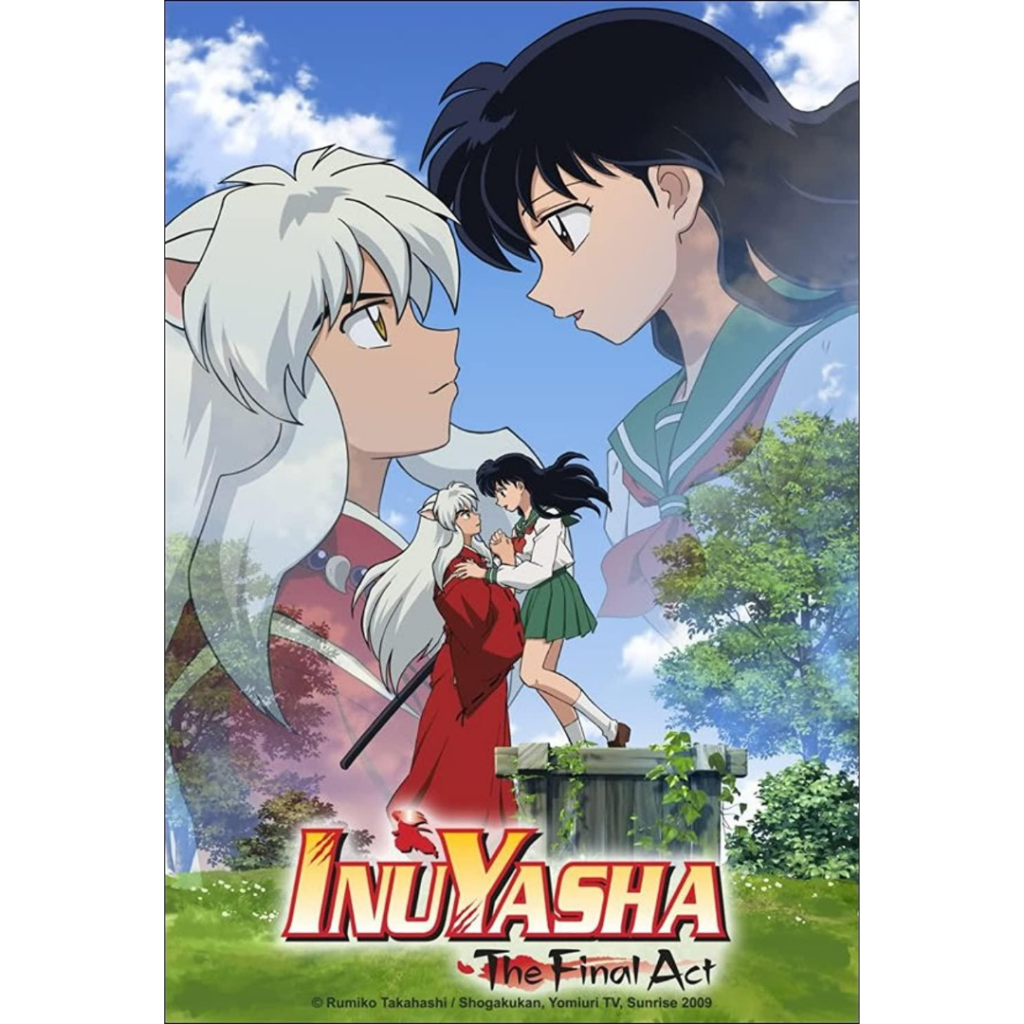
When Pokémon debuted in 1997, it wasn’t just a cartoon, it was a cultural earthquake. Adapted from the record breaking games, this anime about a boy and his electric mouse became a global phenomenon, teaching kids about friendship, perseverance, and the thrill of adventure. With its vibrant world, memorable characters, and deceptively deep themes, Pokémon: Indigo League remains the heart of the franchise, a nostalgic masterpiece that still charms new fans today.
The Story: More Than Just Battles
The anime follows 10 year old Ash Ketchum (Satoshi in Japan) as he leaves Pallet Town with his stubborn Pikachu to become a Pokémon Master. Alongside his rivals (Gary Oak, the smug prodigy) and friends (Misty, the fiery Water type trainer, and Brock, the lovable rock enthusiast), Ash travels through Kanto, battling Gym Leaders, thwarting Team Rocket’s goofy schemes, and learning what it truly means to train Pokémon.
The Pokémon Bond: Unlike the games, the anime humanizes Pokémon, showing them as loyal companions with personalities (Pikachu’s defiance, Charizard’s pride).
Filler Done Right: Episodes like “Bye Bye Butterfree” and “Pikachu’s Goodbye” deliver emotional gut punches amidst the fun.
Team Rocket: Jessie, James, and Meowth’s antics (and unexpected depth) make them iconic villains turned antiheroes.
Themes: Simple on Surface, Profound Underneath
Friendship Over Victory
Ash loses constantly (even his League run ends in failure), but the show values growth over trophies.
His bond with Pikachu is the real win.
Ethics of Training
Episodes like “The Problem with Paras” question if Pokémon want to battle, a nuance the games rarely explore.
Letting Go
From releasing Butterfree to saying goodbye to Pikachu (temporarily), the anime doesn’t shy from sadness.
Animation & Sound: ’90s Magic
Art Style: Bright, fluid, and packed with personality (compare Pikachu’s chubby early design to today’s sleek version).
Battles: Though simple by today’s standards, attacks like Thunderbolt and Flamethrower felt epic in 1997.
Music: The English OP (“Gotta Catch ‘Em All!”) is legendary, but the Japanese score (by Shinji Miyazaki) is hauntingly beautiful, especially “Lugia’s Song” later in Johto.
Legacy: The Standard for Monster Taming Stories
Merchandise Boom: Trading cards, toys, and the infamous “Pokémon Shock” seizure incident (in Japan) proved its impact.
Spin Offs: Pokémon Chronicles, Mystery Dungeon, and even Detective Pikachu owe it everything.
Modern Anime: Pokémon Journeys homages Ash’s legacy, but Indigo League’s rawness is unmatched.
Final Verdict: The timeless adventure that taught us to dream big
★★★★★ (5/5)
Pokémon (1997) isn’t just a kids’ show, it’s a life guide wrapped in monster battles.
Best For: Nostalgic ’90s kids, new trainers, or anyone who’s ever cried over a fictional mouse.
Flaws (Nitpicks):
Early Episode Pacing – Some filler arcs drag (Jigglypuff’s endless songs).
Power Inconsistency – Pokémon strength varies wildly by plot (Pikachu loses to a newbie Snivy in later seasons).
Skip If: You dislike episodic storytelling.


